Is Magnesium Magnetic? Exploring the Magnetic Properties of Magnesium
 Sep 05,2024
Sep 05,2024

No, magnesium is not magnetic. It is classified as a diamagnetic material because it lacks unpaired electrons needed to create a magnetic field. Therefore, magnesium does not attract magnets and slightly repels them instead.
Magnesium metal is one of those materials which are present in heavy amount on earth. It is a lightweight material and has many applications from automotive to medical fields. You know magnesium metals have an interesting thing that it is also an important mineral for our body. But here point to ponder is that is magnesium magnetic or non-magnetic? Answer lies in some interesting facts about magnesium which needs to highlight its structure and properties, first. Therefore, this article helps you to understand the magnetic properties of magnesium along with its structure, properties, and applications.
Contents
Click the links below to skip to the section in the guide:
Factors Influencing Magnesium Magnetism
Is Magnesium Paramagnetic or Diamagnetic?
What is Magnesium Metal used for?
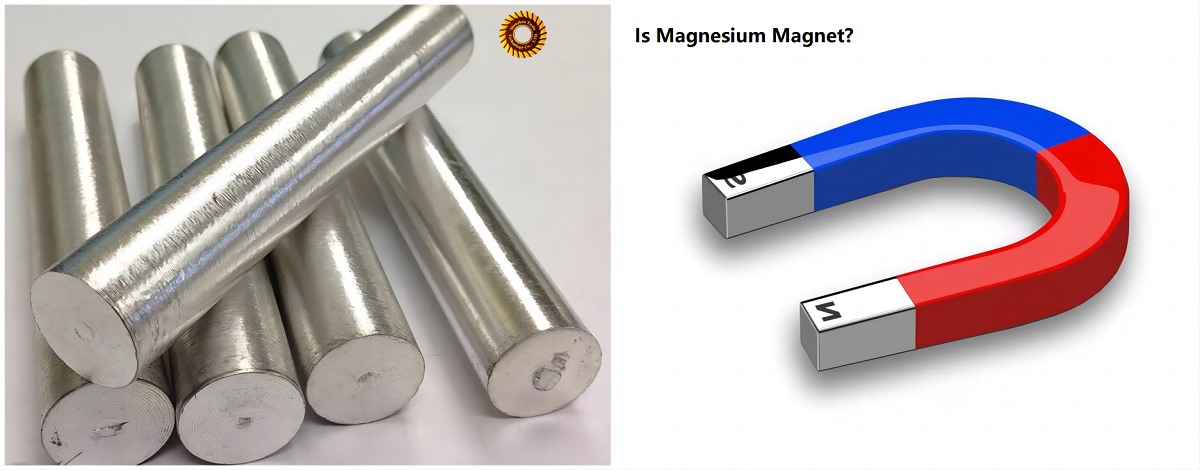
Understanding Magnesium
Magnesium metal is a chemical element which is the eight most abundant material present in our earth crusts. This is found along with magnesium chloride and sea salt in its ores. Magnesium metal has 12 atomic number in periodic table and has Mg symbol. it is silvery white in color.
You must know that magnesium is also present as one of the sixth minerals in our body. It helps muscle function properly. It also regulates your nerves and keeps the immune system healthy. For strong bones, magnesium metals are important.
Being a metal, it has useful features. Like it is moderate reactivity when exposed to air. But it is highly reactive when present in steam and water. It can also react with base and acids both and can be highly flammable when heated in the present of air. The flame of magnesium is white in color. The electricity conductivity of magnesium is moderate or low but has slightly high thermal conductivity just like silver and aluminum.
Magnesium at normal temperature is stable in the air. Because a thin protective layer of oxides is formed over its surface which is only attacked by steam it is powerful metal used as reducing agent. This means it is used to produce other metal compounds or to remove elements during processing. For example, it is added in furnace while making steel because it removes sulfur from the molten iron which is a highly flammable element. It has high reactivity and can directly react with other elements.
Different Types of Magnesium
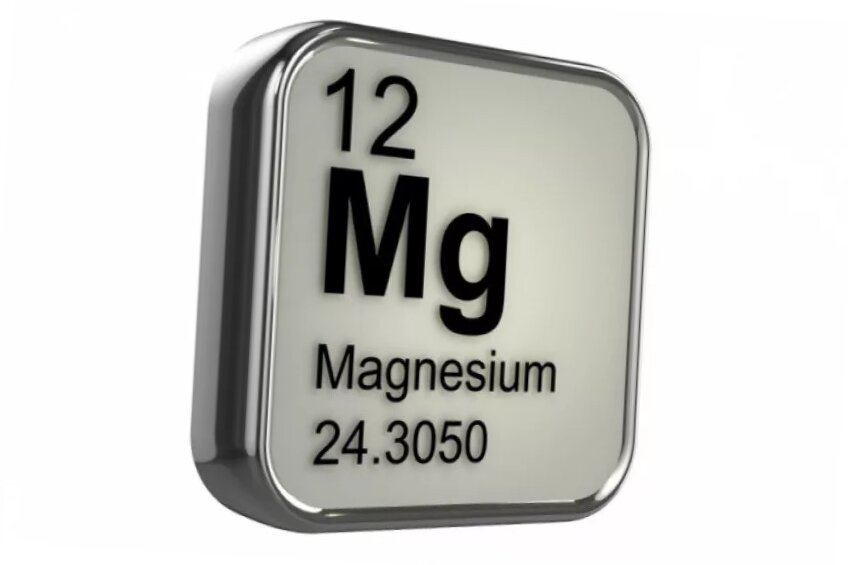
It is lighter in weight. It has interesting property to be bond with other metals and create remarkable alloys with unique properties. It bonds with aluminum to create a material with high strength and lighter in weight. It combines with copper to form a corrosion resistant alloy. It has high efficiency to absorb radiation. Therefore, it has wide applications as shield material against heavy radiation exposure.
Magnesium melting point
The melting point is the temperature at which a solid becomes liquid. The melting point of magnesium is moderate and 650°C (1202°F) and boiling point is 1090°C (1994°F). Therefore, the thermal conductivity of magnesium is also moderate.
Magnesium density
Density is the level of compactness in any material. it measures as mass per unit volume (g/cm3). The density of magnesium is 1.74(g/cm3) at room temperature. Therefore, it is known as one of the lightweight materials.
Magnesium strength
Magnesium is known to be one of the good strength materials with lightweight. It implies it has a high strength to weight ratio. Magnesium metals have yield strength of 3,000 psi (20 MPa) and 12,000 psi (20 MPa) tensile strength.
Magnesium hardness
Hardness is the ability of material to be hard or scratch other material or being scratched itself. Magnesium has good hardness. The hardness of magnesium is 2.5 on Mohs scale. The Brinell hardness of magnesium is 30.
Magnesium mechanical properties
Magnesium is famous as a lighter structural metal in industrial applications. It has a mechanically resistant alloy and good corrosion resistance. It also has better elevated temperatures mechanical properties. Magnesium metals form hydrogen gas when reacts with water. Compared to its alloys, pure magnesium metals have low strength. It is therefore added with other elements to make alloy and to increase its strength such as zinc, and aluminum. This increases its hardness, castability, weldability and machinability.
Magnesium physical properties
Magnesium has an atomic weight of 24.305gm. its atomic radius is 0.160nm. It has two electrons in the outer most shell and has 3 isotopes with atomic masses of 24, 25 and 26. Magnesium has low reflectance in both visible light and infrared radiation. It has high absorbance in ultraviolent radiation.
Is Magnesium Magnetic?
No, magnesium is not magnetic. You must be wondering why? It is rather defined as paramagnetic material. The magnetic properties of magnesium metals are because of interaction with electric and magnetic forces. This implies when a magnet is placed near to the metal, the electrons near the atom in magnesium are aligned in the direction of field. The alignment is due to the presence of unpaired electrons in its valance shell which creates a net magnetic moment. Paramagnetic metal show interaction when placed near magnets while the diamagnetic shows repulsion, for example copper and non metals
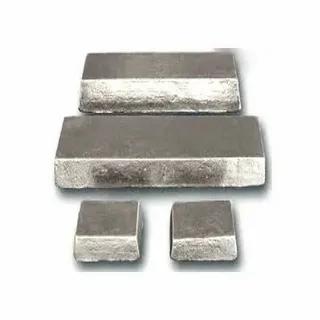
Magnesium is a strong paramagnetic material. This mechanism is based on two principles: spin magnetism and orbital magnetism. Spin magnetism is related to electronic spinning and orbital magnetism is related to the electrons revolving around the orbit of atom’s nucleus. Sometimes, the half-filled orbitals create the electrons to become unpaired and this causes a paramagnetic effect in metal.
Factors Influencing Magnesium Magnetism
You already know that the magnetism in any metal has various interesting reasons. Some of them are their crystal structure and atomic structure. Temperature also has an impact on the magnetic properties of magnetic metals. The factors affecting the magnetic properties of magnesium are discussed below.
Crystal Structure and Temperature
As you know crystal structure has high impact on magnetic properties of any metal. magnesium has two valance electrons in its atomic structure which makes it paramagnetic material. But another thing is temperature which has a good impact on magnetic properties. When a material is exposed to heat, magnetic properties of any material are decreased. This mechanism is known as Curies law of paramagnetic. That means paramagnetic properties of magnesium are inversely proportional to temperature, as temperature increases, para-magnetization decreases.
Why are not all steels magnetic, even iron and nickel are magnetic
Steel is one of the strongest magnetic alloys found on earth. All the alloys of steels still show nonmagnetic nature such as austenitic stainless steel. Interesting point here to note is, iron is present in their compositions, and they behave as nonmagnetic alloys. This is due to its crystal structure like non metals. Austenite is a form of microstructure found in stainless steel. The presence of heavy amount of microstructure austenite is non-magnetic. That is why is a non-magnetic alloy.
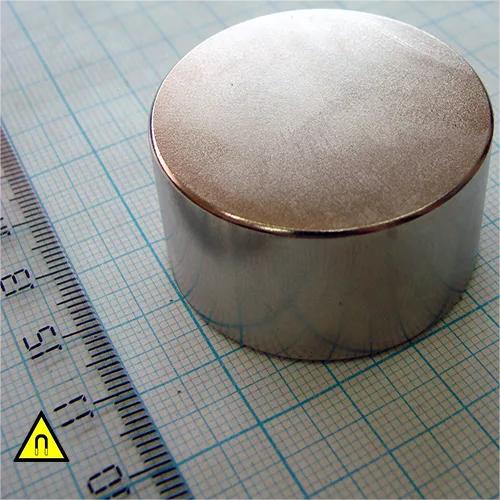
Magnesium, as a non-magnetic metal
Magnesium is a non-magnetic material. It does not have its own magnetic field or cannot interact with magnet on its own. It only shows magnetic interaction when a strong magnet is close to it. Magnetic properties are also prominent when a magnetic metal is combined with magnesium and thus making it magnetic substances. This makes magnesium a magnetic alloy such as aluminum or zinc. These elements have prominent magnetic properties and show interaction in the presence of magnetic forces. These alloys are favorable only in certain conditions otherwise, they are better as non-magnetic as non-metals.
Is Magnesium Paramagnetic or Diamagnetic?
Magnesium is paramagnetic. It has two valance electrons in its outermost shell which are positively charged ions. These ions interact with magnetic forces because they are unpaired electrons. These electrons have their own spin movement and can be attracted to magnetic field when applied externally. This interaction makes the magnetic moment aligned in the direction of magnetic field. This phenomenon is specifically found in paramagnetic materials. However, diamagnetic materials have no interaction with magnetic forces. in fact, they repel magnetic forces. Their orbitals have dipoles which oppose magnetic field permanently because of the presence of paired electrons. This feature does not find in magnesium. Therefore, it is paramagnetic metal.
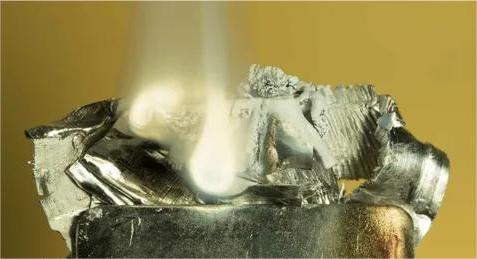
What is Magnesium Metal Used for?
You know magnesium has many industrial applications because it is a lightweight material and has high strength. This is used in making laptops, cameras, power tools, car seats and luggage. It is highly flammable when it is present in air and can burn bright light. Therefore, it is used in making flares, sparkles, and fireworks. It is added in furnace during iron melting because it is useful to remove sulfur.
It is also an important mineral for our body. It is one of the sixth mineral present in our body. It helps in properly functioning of nerves, regulates muscles and maintains our blood pressure by making strong bones, DNA, and protein in our body.
Is Magnesium Oxide Magnetic?
You will be surprised to know Magnesium itself is not magnetic. Therefore, Magnesium oxide is also non-magnetic. There are some magnesium compounds which are referred to as magnetic material but do not contain magnesium oxides. These compounds have magnetic properties because of their compositions, structures, and applications. These alloys are fabricated because they have good resistance to corrosion resistant, electrically conduction and have many uses in aerospace, automotive and medical fields. There are some other elements like rare earth metal combined with magnesium to make it magnetic substances for certain application. Magnesium and magnesium oxide are still classified as nonmagnetic materials like non metals. It also reacts with rare earth metals to make magnetic substances.
However, magnesium oxides are a very useful compound that has a variety of applications. It is used in making steel. The slurry to magnesium oxide is coated on steel to make it an alloy high temperature resistant alloy. This is also used to make magnetic steel sheets. When magnesium reacts with silicon steel, it creates a surface which has a specific structure known as “Forsterite”. This makes silicon steel magnetic in nature.
Summarize
Magnesium metal is a chemical element. It is the eighth most abundant element found on earth. This is found along with magnesium chloride and sea salt in its ores.
Magnesium has many industrial applications because it is a lightweight material and has high strength. It is moderate reactivity when exposed to air. But it is highly reactive when present in steam and water. It can also react with base and acids both and can be highly flammable when heated in present of air. Flame of magnesium is white in color. The electricity conductivity of magnesium is moderate or low but has slightly high thermal conductivity.
Magnesium is paramagnetic. It has two valance electrons in its outermost shell which are positively charged ions. These ions interact with magnetic forces because they are unpaired electrons. When there is a reaction between magnesium and other magnetic elements, like zinc and aluminum, it becomes magnetic. It also reacts with rare earth metals for specific application to make it magnetic substances. But rare earth metals are not detected in microscopes without the presence of special equipment, therefore their applications are limited.
Magnesium oxides also have many applications. It is used in making steel. The slurry to magnesium oxide is coated on steel to make it an alloy high temperature resistant alloy. This is also used to make magnetic steel sheets. When magnesium reacts with silicon steel, it creates a surface which has a specific structure known as “Forsterite”. This makes silicon steel magnetic in nature.
FAQs about Magnesium Metal
How common is magnesium metal?
Magnesium is one of the most common elements found on earth’s crust. It is the eighth most abundant element available on earth. It covers almost 2% of the total constituents present on earth. Mineral of magnesium present on earth is almost 60%. It is also found in sea water. Commonly found minerals of magnesium metal are brucite, magnesite, dolomite, olivine and carnallite which are also commercially important minerals.
Is magnesium a strong or weak metal?
Magnesium is an extremely light weight, strong and environmentally friendly material which makes it a strong metal. It has a variety of applications for industries due to its strong mechanical properties. In industries, it comes at third position as a structural metal to be used widely after steel and aluminum.
What elements are often used in magnets?
The elements found commonly found in magnet are nickel, Iron, and cobalt, and nickel. These are naturally present magnetic substances and are the strongest magnetic elements among all elements. Iron magnets among them are the weakest because their magnetization decreases with passage of time. But nickel and cobalt are strongest magnetic substances and have permanent magnetization which remains forever. It also reacts with rare earth metals to make magnetic substances.
 Tel/WeChat:
Tel/WeChat:  Email:
Email: 
 Home
Home
 Stainless Steel VS Sterling Silver: What's the Difference Between
Stainless Steel VS Sterling Silver: What's the Difference Between 







